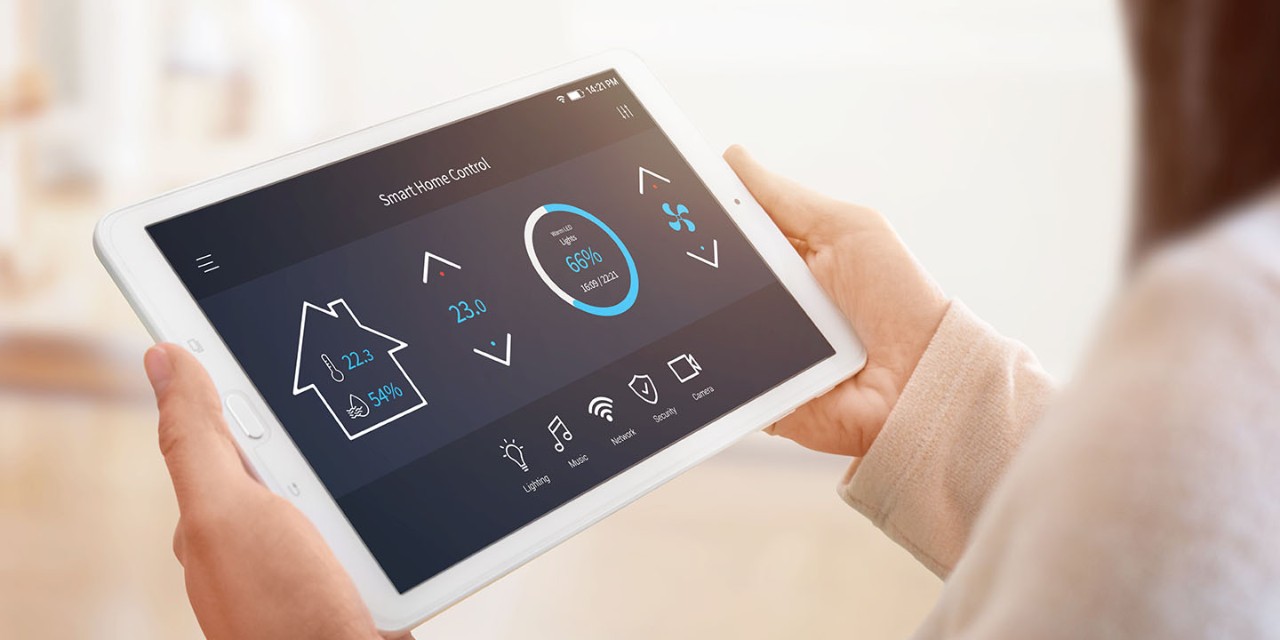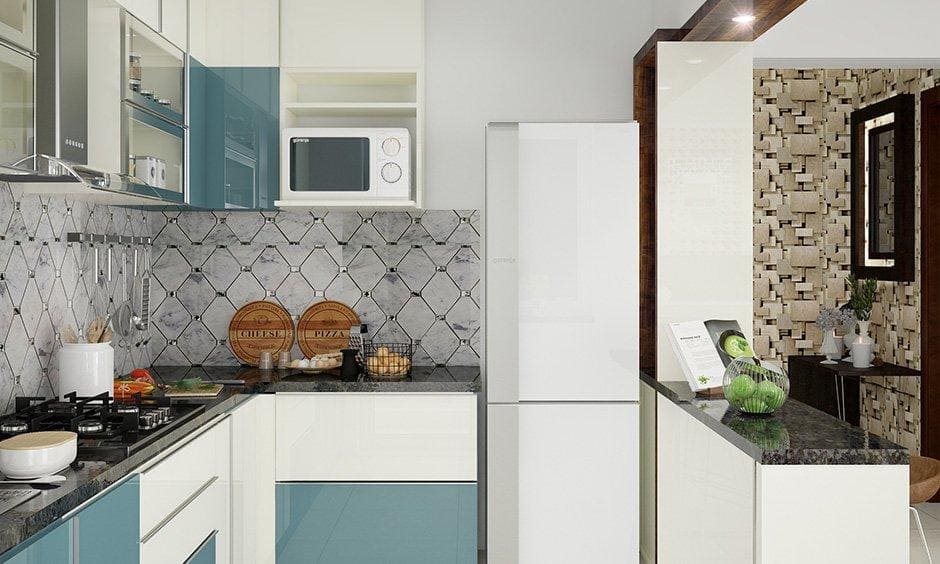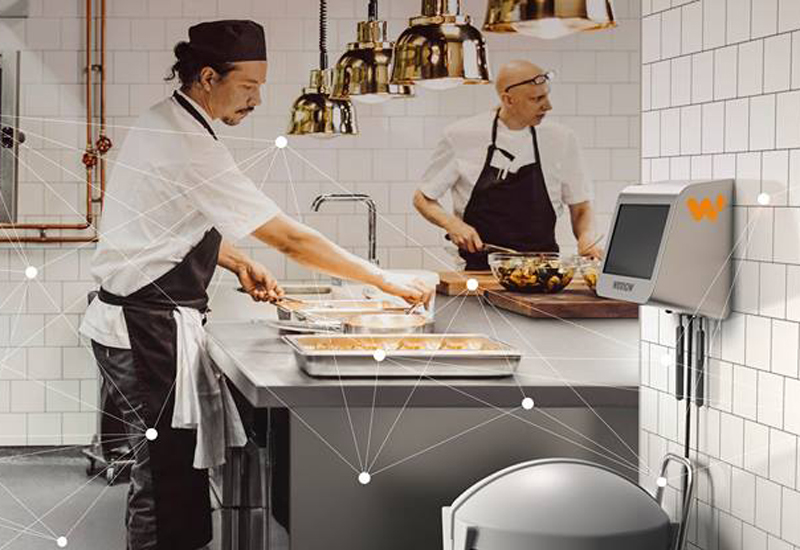In today’s world, understanding how to reduce electricity with automation is essential for everyone looking to save energy and reduce costs. By using smart technologies, automation can optimize energy use and lead to significant savings. This article will explore various strategies to achieve this.

The Role of Automation in Energy Efficiency
Automation plays a crucial role in enhancing energy efficiency. By automating lighting, heating, and cooling systems, you can ensure they operate only when needed, cutting down unnecessary consumption. With the help of smart sensors and timers, automation systems adjust energy use based on occupancy and time of day.
Smart Lighting Systems
Smart lighting systems are a fundamental component of home automation. These systems use sensors and timers to adjust lighting based on occupancy and natural light availability. This not only saves energy but also enhances convenience. For more insights, visit setting routines.
Motion Sensors
Motion sensors are key to reducing electricity use. By turning lights on or off automatically based on motion detection, they prevent energy wastage in unoccupied spaces.
Automated Heating and Cooling
Automating your heating and cooling system can lead to substantial energy savings. Smart thermostats learn your schedule and preferences, optimizing temperature settings for energy efficiency.
Smart Thermostats
Smart thermostats provide precise control over your home’s climate. They can adjust temperatures based on your habits and external weather conditions, ensuring comfort while minimizing energy usage.
Geofencing Technology
Geofencing technology allows your home automation system to detect when you’re near or away from home. This enables automatic adjustments to lighting, heating, and cooling systems for optimal energy use. Learn more at geofencing.
Smart Appliances
Smart appliances are designed to use less energy while providing the same functionality. They can be programmed to operate during off-peak hours, reducing electricity costs.
Energy-Efficient Devices
Opt for energy-efficient devices with high Energy Star ratings. These appliances consume less power and can be integrated into your automation system for further savings.
Home Automation Hubs
Home automation hubs connect all your smart devices, allowing seamless control from a single interface. This centralization makes it easier to monitor and optimize energy use throughout your home.
Integration with Voice Assistants
Integrating your automation system with voice assistants like Alexa or Google Assistant adds convenience and enhances energy management through simple voice commands.
Understanding Energy Consumption
Monitoring your energy consumption is vital for identifying areas where automation can make a difference. Smart meters and energy-monitoring apps provide real-time insights into your usage patterns.
Smart Meters
Smart meters offer detailed reports on your energy consumption, helping you pinpoint inefficiencies and adjust your automation settings accordingly.
External and Internal Resources
For more comprehensive information on home automation and energy savings, you can refer to Vivint’s guide. Additionally, explore elderly care for more internal resources.
Benefits of Reducing Electricity Use
Reducing electricity consumption through automation not only lowers energy bills but also contributes to a more sustainable environment by decreasing your carbon footprint.
Environmental Impact
By reducing energy use, you help decrease greenhouse gas emissions, promoting a healthier planet for future generations.
Overcoming Challenges
While automation offers numerous benefits, implementing it can present challenges. Familiarize yourself with troubleshooting techniques to ensure a smooth transition. Check out our troubleshooting guide for support.
Cost-Effectiveness of Automation
Although the initial investment in automation technology may seem high, the long-term savings on energy bills justify the cost. Automation systems can pay for themselves over time through reduced electricity expenses.
Conclusion
Embracing automation is an effective way to reduce electricity consumption and lower your energy bills. By integrating smart technologies into your home, you can optimize energy use, enhance comfort, and contribute to a sustainable future.

FAQs
Q: What are the best devices for reducing electricity usage?
A: Smart thermostats, energy-efficient appliances, and automated lighting systems are some of the best devices to reduce electricity usage.
Q: How does automation contribute to energy savings?
A: Automation optimizes energy usage by adjusting systems based on real-time data, occupancy, and user preferences, reducing unnecessary consumption.
Q: Is home automation cost-effective in the long run?
A: Yes, while there is an upfront cost, the energy savings and increased efficiency of automated systems typically lead to long-term cost-effectiveness.





